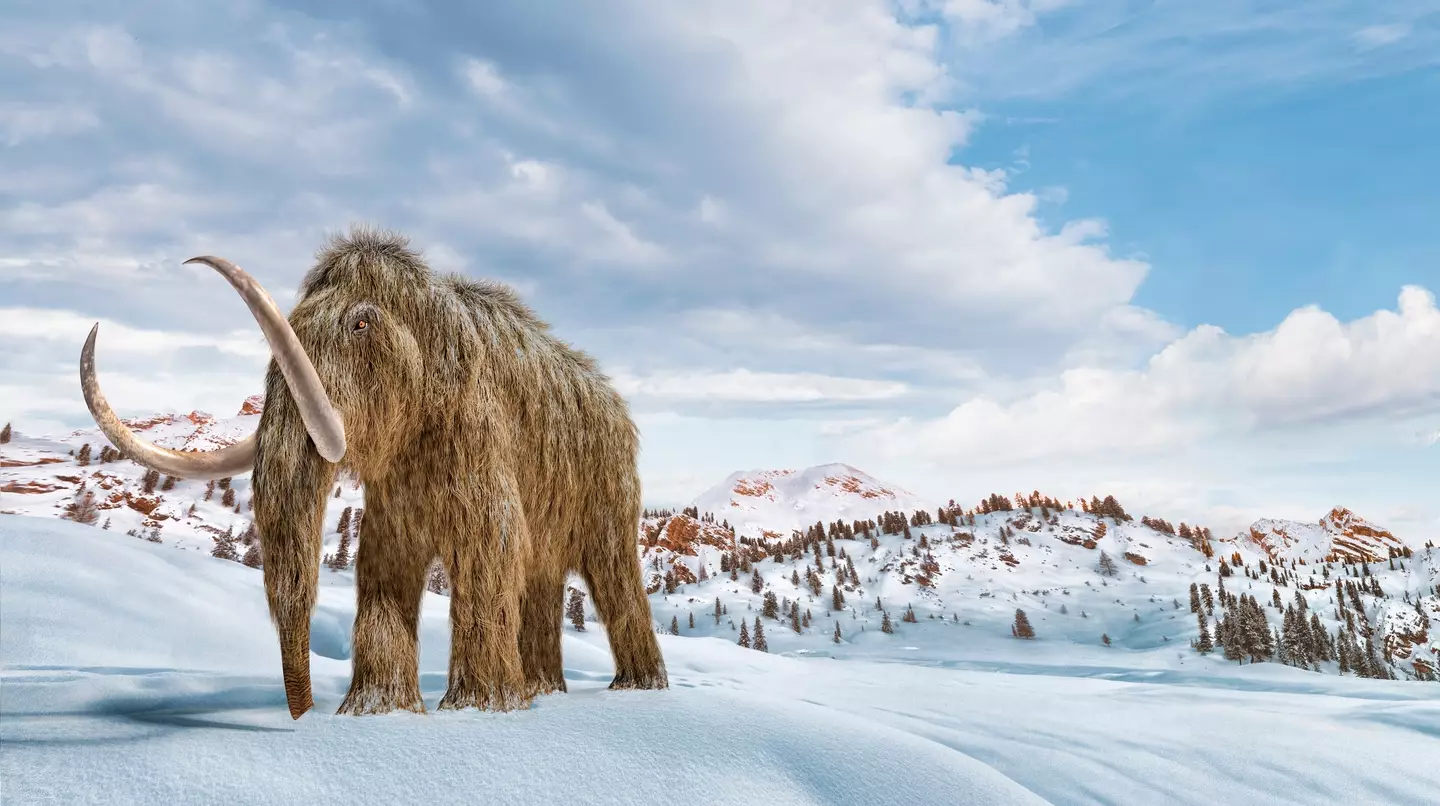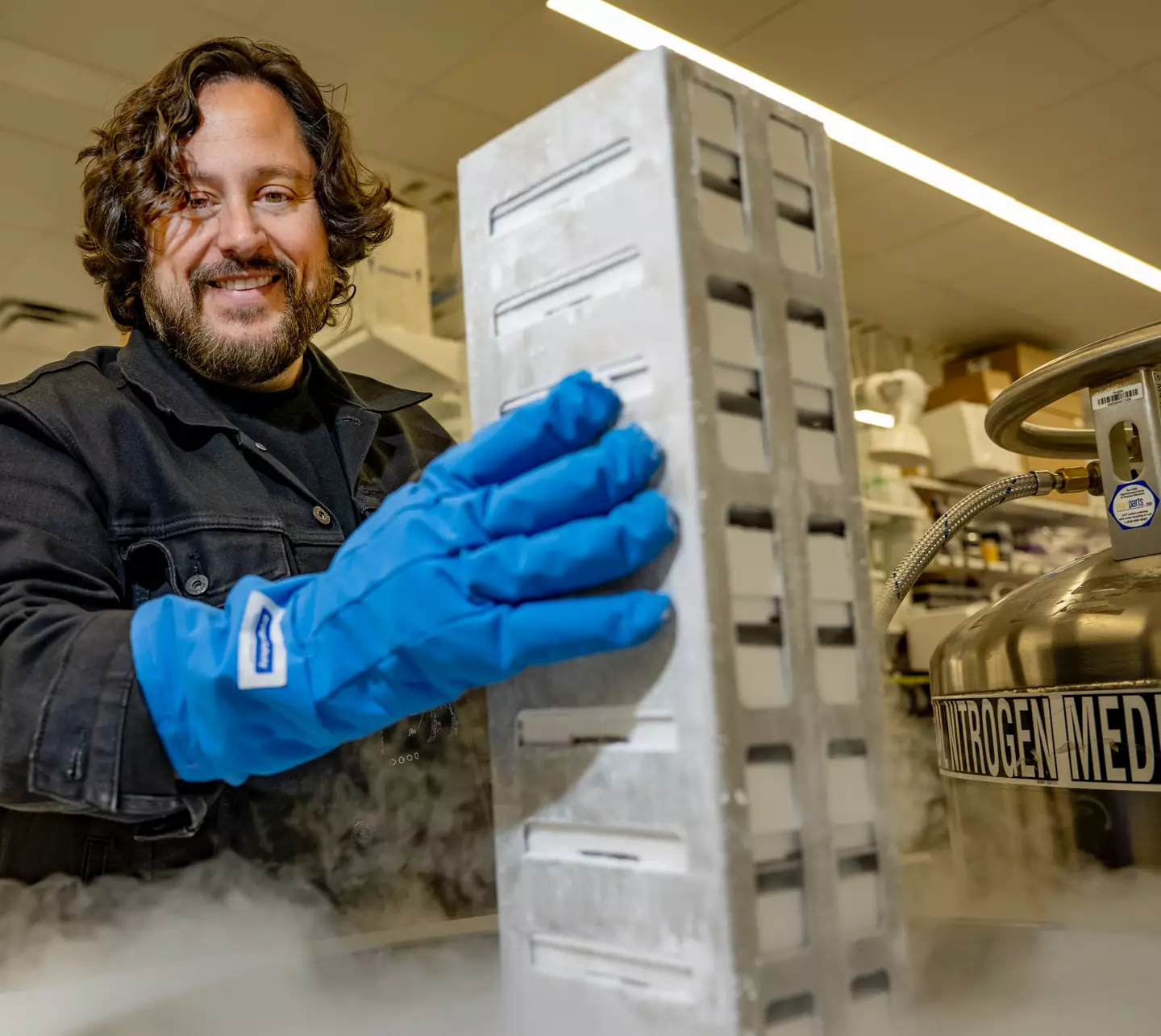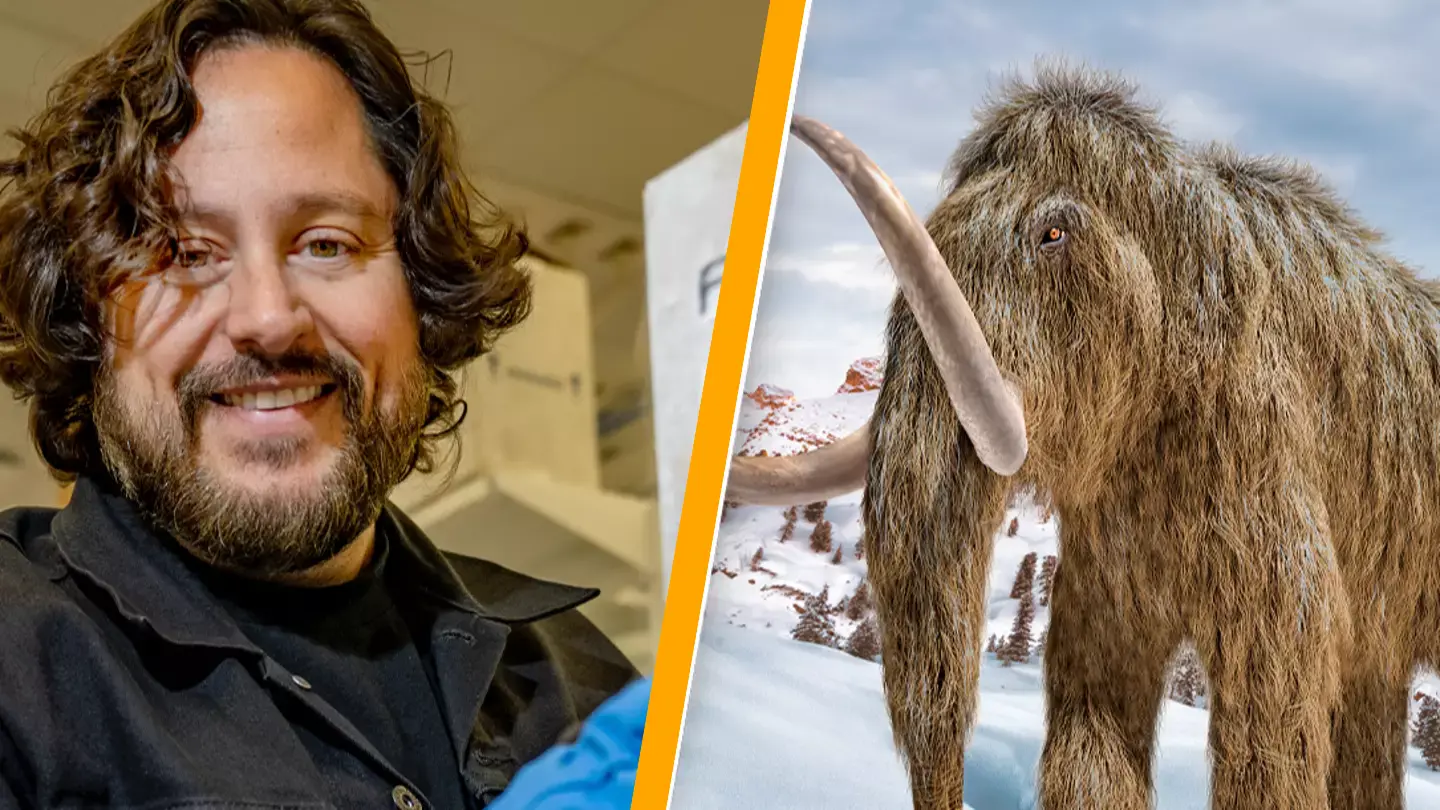A man who is attempting to bring the woolly mammoth back to life claims that the creatures could likely return by 2028.
It has been 4,000 years since mammoths last walked the earth, and there is ongoing debate about why they became extinct.
Some argue that humans hunted them into extinction, while others suggest they couldn’t withstand Earth’s naturally warming climate.

Regardless of the cause, one man believes he has discovered how to resurrect these ancient animals.
Ben Lamm, founder and CEO of Colossal Biosciences, leads a biotech company dedicated to ‘de-extinction’ efforts.
The scientific team plans to use Asian elephants as surrogates for mammoth embryos, created by replicating genes from closely related DNA.
Lamm is optimistic that they are on schedule to achieve this by late 2028.
His goal is not just to create one mammoth but to reintroduce a new herd to the planet.
In an interview with UNILAD, Lamm explains: “You need enough engineered and genetic diversity so you can create interbreedable, sustainable herds so you’re not just making a bunch of clones. You have to be very thoughtful in that process.
“Rewilding of the species back into their respective environments with enough population genetics and diversity so that they can create sustainability without human managed care.”

While some contend that today’s climate is ‘too hot’ for mammoths, Lamm argues this is a misunderstanding.
He continues: “Everyone thinks of the movie Ice Age, right? In those times, there were those locations, but there were also these massive interglacial periods that were actually warmer than today.
“And if you look at mammoths, and also the distribution of different types of mammoths, like Columbian mammoths, the distribution and migratory patterns were vast and wild and huge populations, and they went down to very warm locations outside of these kind of global warmed periods.”
Colossal Biosciences’ team includes 145 scientists, with 17 focused on developing artificial wombs for reviving extinct species.

Following the revival of mammoths, Lamm aims to bring back the dodo bird and the thylacine, also known as the Tasmanian tiger.
He states: “I feel like we as a species have a moral obligation to save species.
“We are playing God every day when we cut down the rainforest, when we hunt the thylacines to extinction, when we kill the dodos off, right? Early man and other anthropologic effects of early man are what drove mammoths to extinction.
“And so I think that we have a moral obligation to leverage technologies to kind of reverse the harm that we’ve done and stop the extinction crisis.
“If we do nothing, we will lose, it’s forecasted that we will lose up to 50 percent of all biodiversity between now and 2050 and that’s terrifying.”

